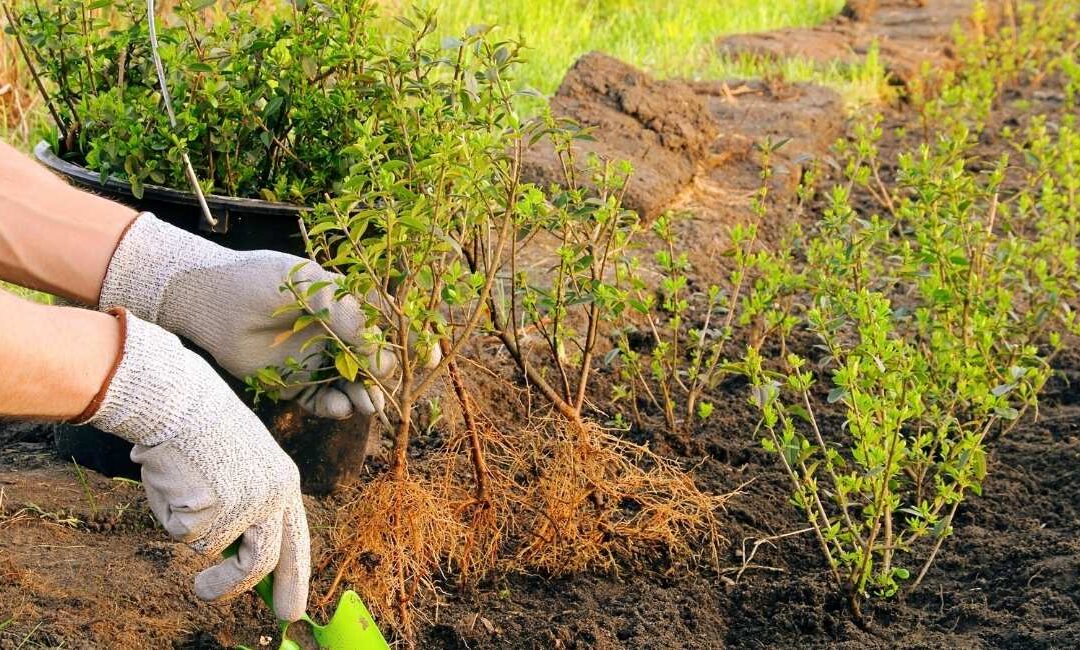Hedge plants can be useful to your property and also make it look more attractive. Hedges are rows of plants such as shrubs or trees planted together. They usually look like a wall or fence of plants. Please read below to find out more about hedge planting.
What are the Uses of Hedging Plants?
Hedging plants can help make your garden or outdoor area more attractive. By planting or growing hedges you can add structure or highlight areas of your garden. Some hedging plants change colour depending on the time of the year or grow flowers, which help make your garden look much better.
But they don’t only make your garden look good. Planting a dense hedge composed of tall trees can serve to act as a natural wall, giving you privacy. They are also good for covering nearby buildings or the street from your view within your landscape, or give you a shade. They can also keep the wind or noise away by acting as natural barriers.
What is the Best Plant for a Hedge?
There isn’t one definitive best among hedging plants. It depends on factors such as what you want or need to get out of the hedge, the speed or time of growth, what is available in the location, and the site, soil and weather conditions. We’ll look at some common factors that people consider.
Evergreen or Deciduous Hedge Plants?
Evergreen hedging plants have leaves or conifers that stay green and don’t fall off all year round. This is good if you want something like a permanent green wall or fence. From spring to winter their leaves don’t fall off unless new ones grow to take their place. They are also less affected by droughts as they experience less water loss. They do require pruning ideally twice a year otherwise they can’t be restored if neglected. Evergreen plants that grow very tall like the Leyland cypress (up to 30 feet) and cherry laurel (up to 18 feet) are famous examples of evergreen hedging plants.
Deciduous hedge plants are more suited for decorative purposes though they can still be used as natural barriers or dividers. These plants tend to flower more and may also change colours or look different as the seasons change. They do shed their leaves during autumn to conserve water during winter. While you end up cleaning fallen leaves, you don’t have to prune these plants much as they grow more naturally. Some famous examples include beech hedge plants, hawthorn, hornbeam and privet.
What is the Fastest Growing Hedge?
Another consideration when choosing a hedge plant is the growth speed of the plant. When planted in ideal conditions, some of the fastest growing hedging plants include the leylandii or Leyland cypress (3 feet per year), cherry or English laurel and hawthorn(around 2 feet per year), beech and hornbeam (1-2 feet per year), and privet (1 feet per year). Ideal conditions include the required soil condition, the weather and season, and if the site where they are planted gets enough water and sunlight. When is the right time to start hedge planting?
When Should You Plant Hedges?
When choosing a hedge plant, the time or season of the year when you want to plant the hedge is important.
Generally, plant evergreen hedge plants as autumn begins, but they may still be planted anytime from late autumn to late winter. Deciduous hedge plants are ideally planted from mid-autumn to late winter.
Another thing to consider is if you will choose bare root, root balls or potted plant for your hedge. Bare root and root ball plants or trees are better pulled, bought and planted during November to March when they are dormant and have just shed their leaves. Potted plants are more flexible and can be bought and planted all year round as long as they are watered properly.
Finally, avoid planting when the ground or soil is very dry or frozen.
How Far Apart Do You Plant a Hedge?
One last important thing to consider when you want to plant a hedge is the spacing of the plants in the hedge. For laurels and leylandii or other plants that you want to create a thick wall of, you can plant them 2 feet apart.
If you want more spacing when hedge planting you can plant them with a space of up to 3 feet apart or sometimes even more depending on the plant variety. If you want to grow the hedge plant taller, or for plants that form trees you can space them around 3 feet apart or farther to give them space to grow.
Shorter shrubs or deciduous plants can be planted around 3 feet or farther apart if creating a thick wall is not the purpose. For example, you can plant your hawthorn hedge around 3 feet apart or more.
Lastly, cost may also be a consideration here as you will need more plants for hedges you plant closer together.


